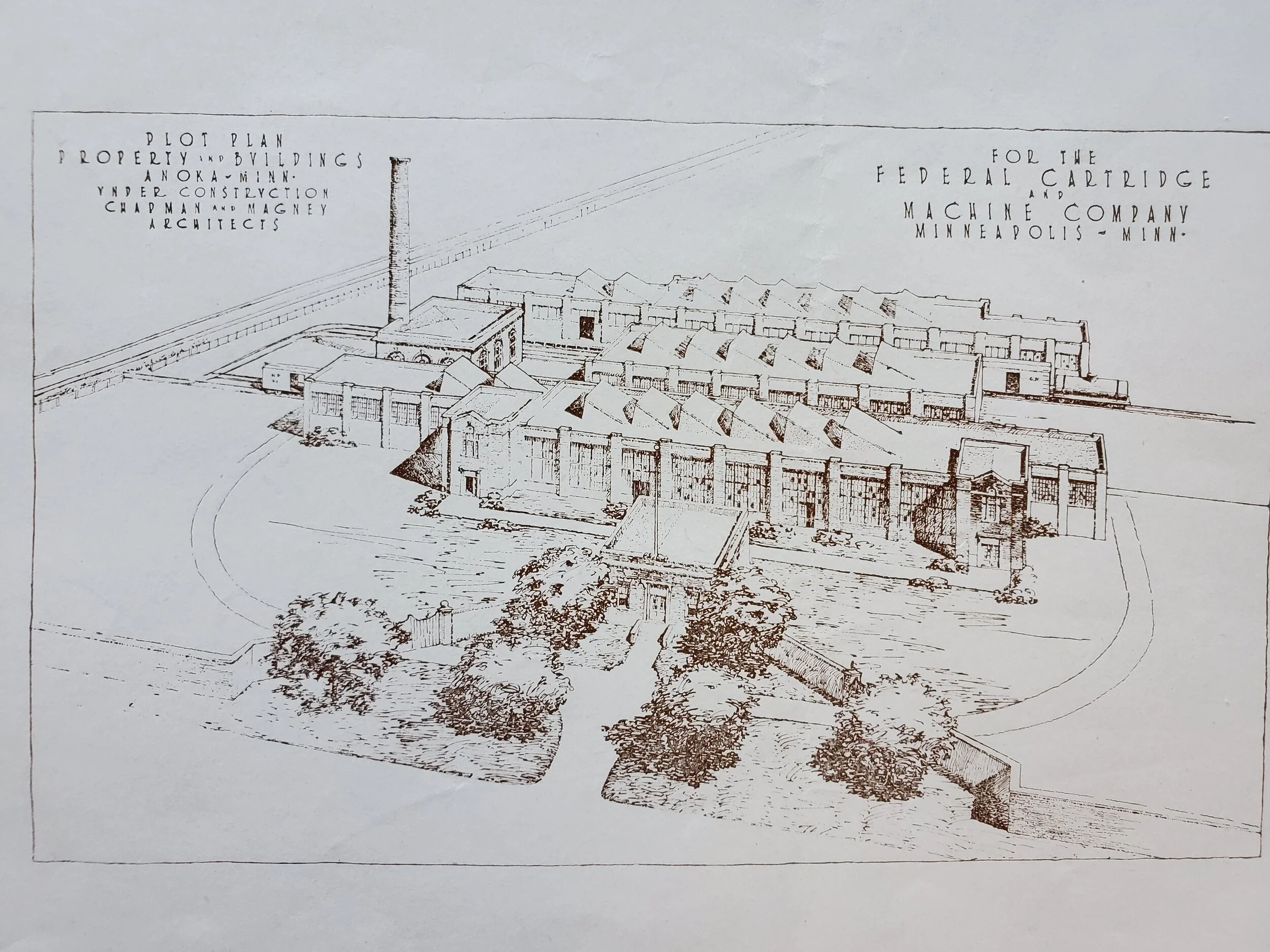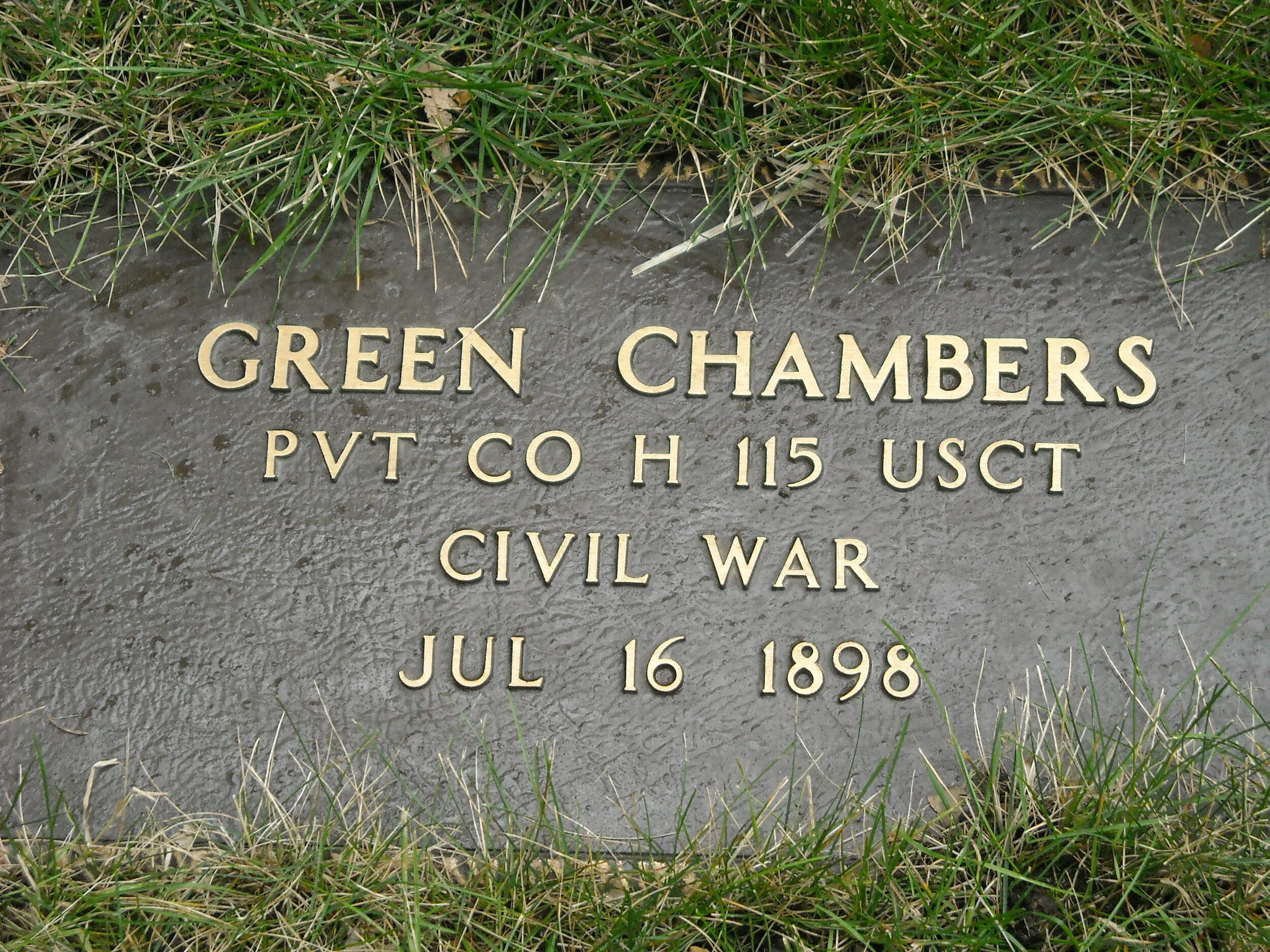Understanding that bridges provide a key link in our highway system is critical to a full historical perspective of our transportation system. By definition, a bridge is a link between two separate sections of road. Our earliest examples of this are logs placed diagonally across a break in the road/trail, like would have occurred along the Red River Ox Trail, which ran through Anoka County between St. Paul and Pembina in the mid-1800s.
Read MoreMinnesota is a state where people love to connect. Whether it’s over mini doughnuts and corn on the cob at “The Great Minnesota Get-Together” or a concert at the Orpheum, Minnesotans love to unite and commiserate over our state’s nasty habit of hurling winter snowstorms at us in April. These days, because of the coronavirus, instead of Minnesotans “getting together,” we are being told to stay away from each other.
Read MoreOAK PARK PLAZA: BLAINE’S FIRST SHOPPING CENTER
Other than Doberstein’s convenience store in the Johnsville area, shopping in Blaine was almost nonexistent before the 1960s. Residents did their shopping in Columbia Heights, Northeast Minneapolis and Anoka.
Read MoreMany of our conversations today reference articles printed in magazines, newspapers or online articles for evidence to support our intellectual positions. We look to the media to make sense of events we don’t witness ourselves and provide us with meaningful information. The debate over what portion of this material is biased, inaccurate or inflammatory for political gain continues to rage.
Read MoreLike many people in Anoka, Karen George has an orange tint to her blood and thrives on Halloween as a year-long holiday. Growing up in Anoka, she has many fond memories of the festival, including walking down Main Street in the Big Parade of Little People, painting Halloween scenes on business windows, marching with the Anoka High School Band in the Grande Day parade, and represented the city and festival as a Princess from 1979-80. Karen joined the Anoka Halloween Committee in 2006 and has served in many capacities during the ensuing years.
Read MoreAnoka County has quite a few names that have had their start in life here and went on to accomplish nationally important things. One of those humans is Edna Belle Bean. She literally left her calling card with us in Anoka. Now it’s time we reconnect and hear her story, what she’s been doing all these years.
Read MoreTake a look at what you’ll see at our first online fundraiser on Sept 19! Tickets available on eventbrite
Read MoreThe Anoka County Historical Society is helping Federal Premium/Vista Outdoor with their historical materials in part because the Anoka-based ammunition company will be reaching its 100th anniversary in 2022, marking a century since the Federal Cartridge Corporation, as led by Charles L. Horn, began its many decades of successful business. But that was not the first year that the ammunition company known as Federal came into being — for that, 1916 is the year we want.
Read MoreWith each pile of lemons found on our front steps, we also receive an invitation to mix up that magical pitcher of lemonade — as long as you can find some sugar. Otherwise you’ve just made yourself sour water. The Anoka County Historical Society hopes that the upcoming “Un-Wise Murder” digital event will use our pile of COVID-19 lemons wisely (cough, get it?) and create something memorable.
Read MoreWhat better memories than a warm kitchen belonging to a bustling grandmother holding a cookie sheet in her hand, filled with doughy blobs and melted chocolate? Or perhaps frying fish, fresh caught that afternoon and filleted by the skilled hands of a grandfather? Or those special holidays where a tattered cookbook or recipe card saw the light of day once more, only to receive another splash of oil or dash of flour over the handwriting ... but no matter, because the tradition had become so ingrained?
Read MoreJames W. Groat was the great-grandson of John Groat, who immigrated to the United States from Germany in the 1700s, eventually settling in upstate New York. Born in 1824, James married Rebecca and the family came west, settling in Anoka in 1854.
Read MoreVIDEO #saturdayshowcase
Read MoreIn the mid-19th century Green Chambers (also known as Greenberry Chambers) lived as a slave in Barren County, Kentucky, with a wife, Charlotte, and five children who were apparently scattered among several slave owners. In 1864, Green was enlisted as a private in Company H of the 115th U.S. Colored Infantry in Bowling Green, Kentucky. His owner, Frank Chambers, received a certificate for the $100 bounty normally payable to an enlistee, as well as $300 in compensation for his value. In the fall of 1864 Green was severely injured while helping to erect a stockade at Fort Cynthiana, Kentucky — an injury that plagued him throughout his life.
Read MoreWhile it has been a great relief to work part-time at the Anoka County Historical Society’s museum again since the beginning of June, that is not the only place I’ve been working. With a hundred-year anniversary coming up quickly in 2022, Federal Premium Ammunition has partnered with the historical society to get their business archives organized, and I’ve been spending a couple days a week working to process those materials.
Read MoreFlashes of red, white and blue sparks soar through the dark sky, each one more spectacular than the last. Fireworks have always been symbolic of when America finalized its freedom from England, but the history of these loud, colorful sparks that always evoke some “oohs” and “aahs” reaches much further back, before the Declaration of Independence was signed.
Read MoreThe news last week that Quaker decided to retire the Aunt Jemima syrup brand sparked a quick and heated conversation on social media. While many declared the move positive on face-value, others dug into the history of the models who portrayed her, and still others posed some version of the question, “If I was innocent to the meaning, then has that meaning changed enough for it not to matter?”
Read MoreFor several years, the Anoka County Historical Society had an exhibit called, “Farms to Flamingos: Building a Mid-Century Modern County.” This display showcased the post-WWII housing boom that created what we know today as the suburbs, as well as that idyllic time in history when neighborhood baseball teams, washing machines and family trips in large cars became typical.
It also featured a companion display titled, “Shattering the Myth.” This exhibit called out the societal inequalities of the era, as well as blatant discrimination practices against people of color such as redlining and disproportionate combat casualties in Vietnam.
Read More















